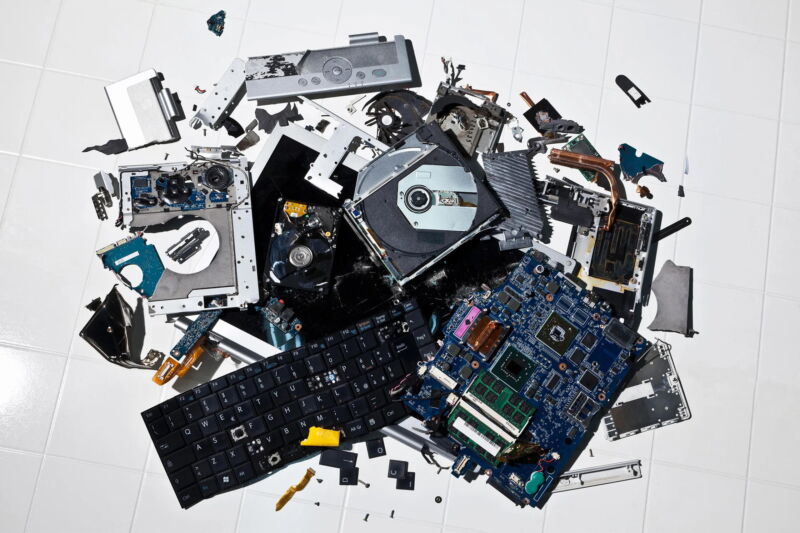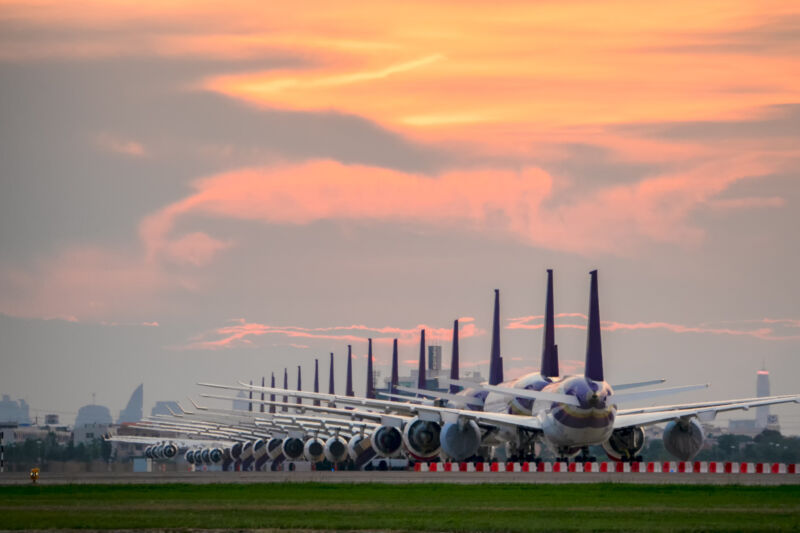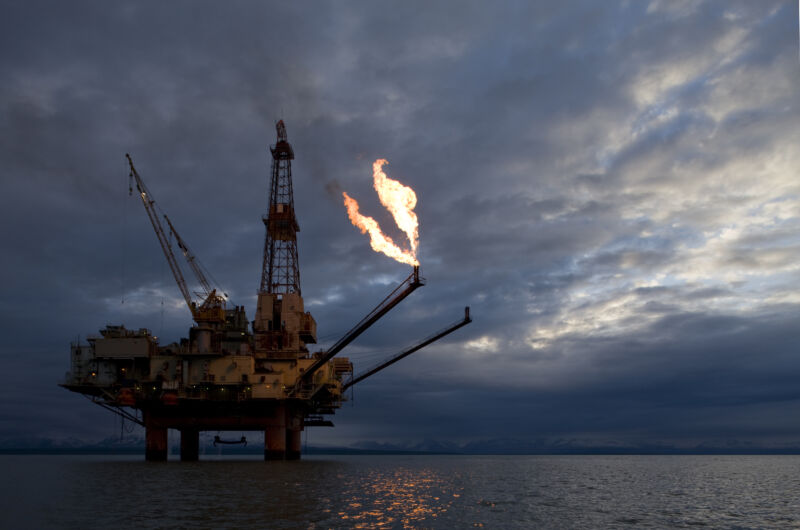-
 chevron_right
chevron_right
The fight to expose corporations’ real impact on the climate
news.movim.eu / ArsTechnica · Saturday, 25 March, 2023 - 11:21

Enlarge (credit: Walter Zerla via Getty Images)
Say you are a maker of computer graphics cards, under pressure from investors questioning your green credentials. You know what to do. You email your various departments, asking them to tally up their carbon emissions and the energy they consume. Simple enough. You write a report pledging a more sustainable future, in which your trucks are electrified and solar panels adorn your offices.
Good start, your investors say. But what about the mines that produced the tantalum or palladium in your transistors? Or the silicon wafers that arrived via a lengthy supply chain? And what of when your product is shipped to customers, who install it in a laptop or run it 24/7 inside a data center to train an AI model like GPT-4 (or 5) ? Eventually it will be discarded as trash or recycled. Chase down every ton of carbon and the emissions a company creates are many times times higher than it first seemed.


